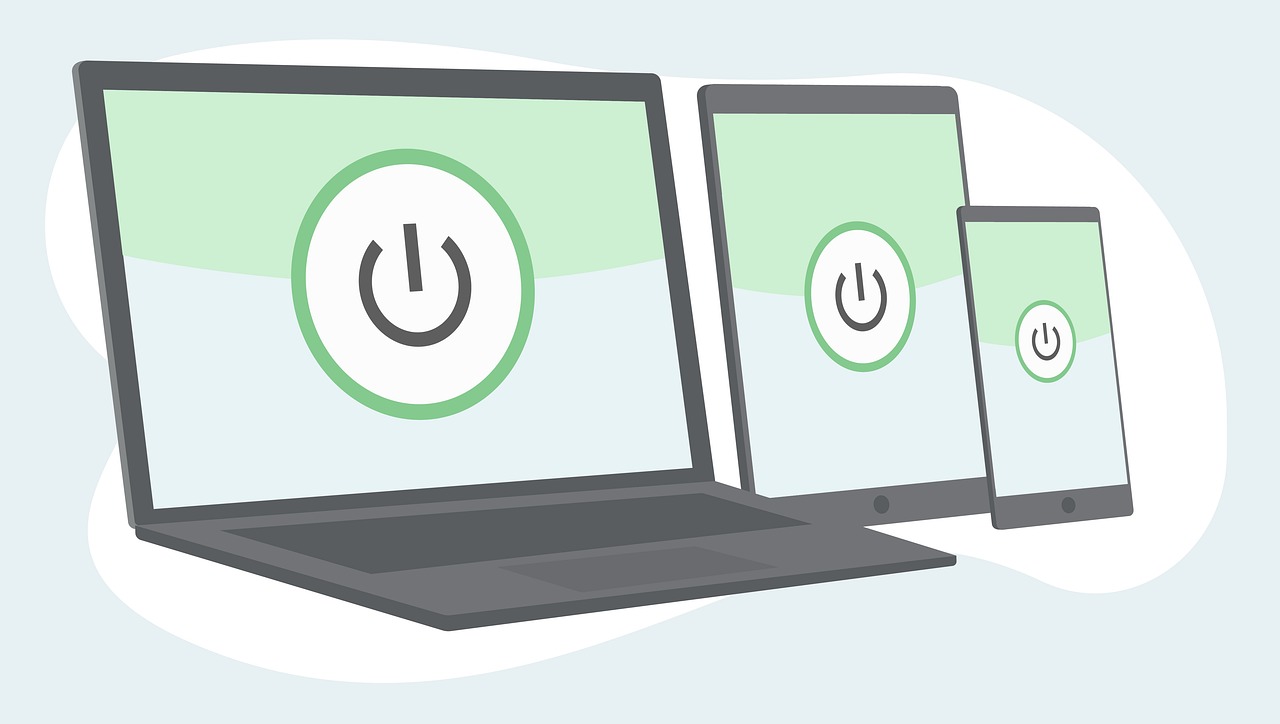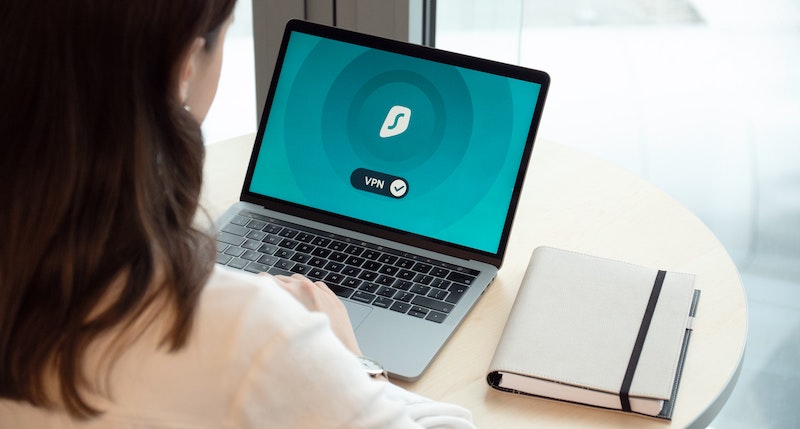
Recent years have brought an alarming rise in data and privacy breaches, with everyone from social media companies to retailers and online brands falling victim to cyber-attacks. As our digital footprints and online presence continue to expand, security and privacy matter now more than ever. Brands that fail to prioritize their consumers will fall behind.









